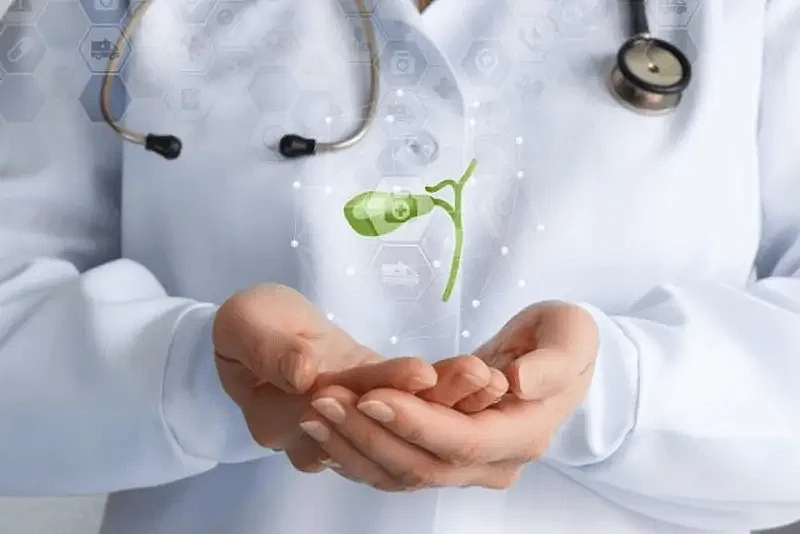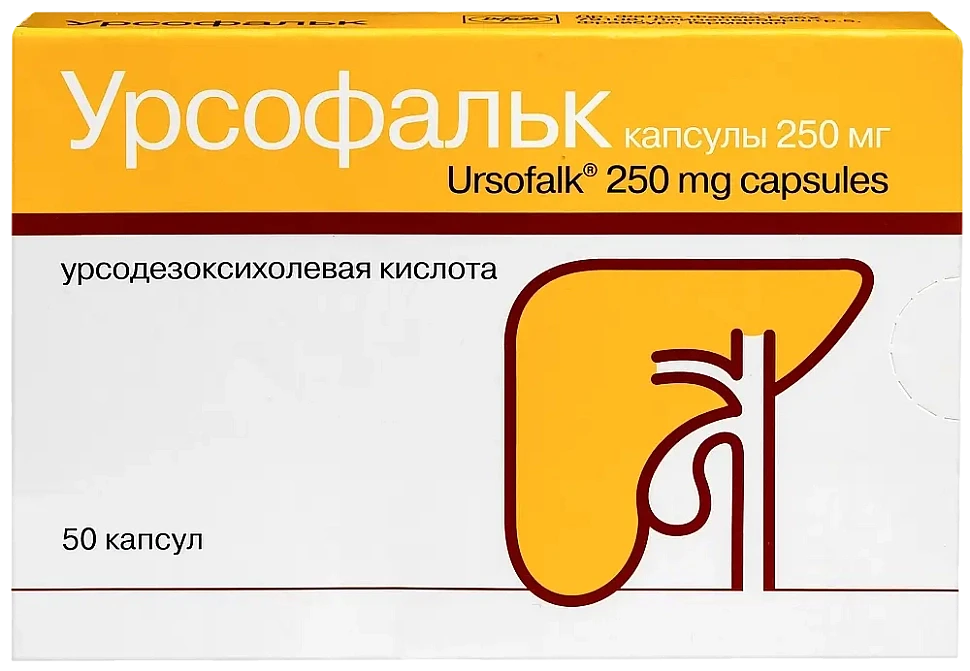What Causes Gallbladder Polyps?

Why Do Gallbladder Polyps Form? A Closer Look at a Hidden Digestive Issue
Gallbladder polyps may sound alarming, but they’re more common—and often more harmless—than most people think. These small growths form on the inner lining of the gallbladder and are usually discovered by accident during an ultrasound for something else. But what actually causes them to appear in the first place?
Let’s break it down.
The gallbladder is a small organ tucked beneath your liver. Its main job is to store and release bile, a fluid that helps digest fats. Sometimes, certain changes in the cells of the gallbladder lining can lead to small bumps or growths—these are what we call polyps. In most cases, they're tiny (less than 10 mm), non-cancerous, and cause no symptoms at all. Still, it’s worth knowing how and why they form.
There isn’t one single cause of gallbladder polyps. Instead, several factors may play a role. These include:
Chronic inflammation: Conditions like chronic cholecystitis (inflammation of the gallbladder) can change the inner tissue and promote polyp growth.
Cholesterol buildup: Many polyps are actually made of cholesterol deposits. This can happen when bile isn’t processed correctly.
Genetic factors: Family history and genetics might increase your risk.
Age and gender: People over 40 and men are slightly more likely to develop polyps.
Metabolic issues: Obesity, high cholesterol, or metabolic syndrome may also contribute.
While most gallbladder polyps are benign and don’t require treatment, doctors often keep an eye on them—especially if they’re larger than 10 mm, grow over time, or come with symptoms like upper abdominal pain or nausea. In rare cases, a large polyp can indicate a higher risk for gallbladder cancer, which is why monitoring is key.
So, should you be worried if a scan finds a gallbladder polyp? Not necessarily. In most cases, it’s more of a "watch and wait" situation than an emergency. But like many health issues, awareness and regular checkups go a long way.
Treatment tactics for gallbladder polyps
Gallbladder polyps can be treated with both conservative and surgical methods.
For false polyps, conservative therapy is preferred. It may include antibacterial and choleretic drugs, and antispasmolytics. The Academies of Postgraduate Education published a paper on the results of which the efficacy of ursodeoxycholic acid in the treatment of cholesterol polyps was established.
For true polyposis neoplasms, surgery is done. Indications for radical surgery (removal of the gallbladder) are multiple polyps, the size of the tumor is more than ten millimeters in diameter, its increase by more than two millimeters per year.
Gallbladder removal can be done through laparoscopy or a wide incision. Open cholecystectomy is indicated for people who have gallbladder polyps with gallstone disease and for those who have any complications of laparoscopy.
Ursodiol is a naturally occurring bile acid. In medicine, it’s used to change the chemical makeup of bile, making it less “thick” and less likely to form cholesterol deposits or gallstones. In the United States, it’s often prescribed for dissolving small gallstones, improving bile flow in certain liver conditions, and in some cases, for managing cholesterol-related gallbladder issues.
How It May Help with Gallbladder Polyps
Many gallbladder polyps—especially the small ones under 10 mm—are made up of cholesterol deposits rather than abnormal tissue. These are sometimes called cholesterol polyps. Ursodiol can help in several ways:
Reduces Cholesterol Saturation in Bile
Ursodiol lowers the cholesterol content of bile, making it less likely to form solid deposits in the gallbladder lining. Over time, this may reduce the size of existing cholesterol polyps.
Improves Bile Flow
The drug helps bile flow more freely, reducing bile stasis (stagnation), which can contribute to cholesterol buildup and polyp growth.
May Gradually Dissolve Cholesterol Polyps
Similar to how Ursodiol can dissolve certain cholesterol gallstones, it may help break down cholesterol-based polyps, especially when they are small.
Anti-inflammatory Effect
By improving bile composition and reducing irritation of the gallbladder wall, Ursodiol may indirectly reduce inflammation, which is sometimes linked to polyp growth.
What to Expect from Treatment
Timeframe: Ursodiol works slowly. Visible improvement—if it happens—can take several months.
Best candidates: People with small cholesterol polyps, especially those confirmed by ultrasound to be non-cancerous.
Follow-up: Regular ultrasounds are usually recommended every 6–12 months to check polyp size and ensure they are not growing.
Important Note
Not all gallbladder polyps are cholesterol-based. Some are inflammatory or adenomatous (true tissue growths), which do not respond to Ursodiol. That’s why proper diagnosis via imaging is essential before starting treatment.

